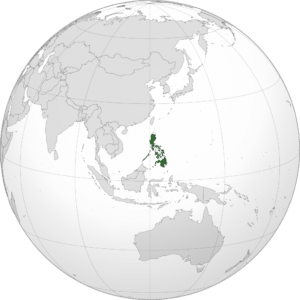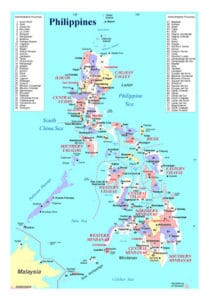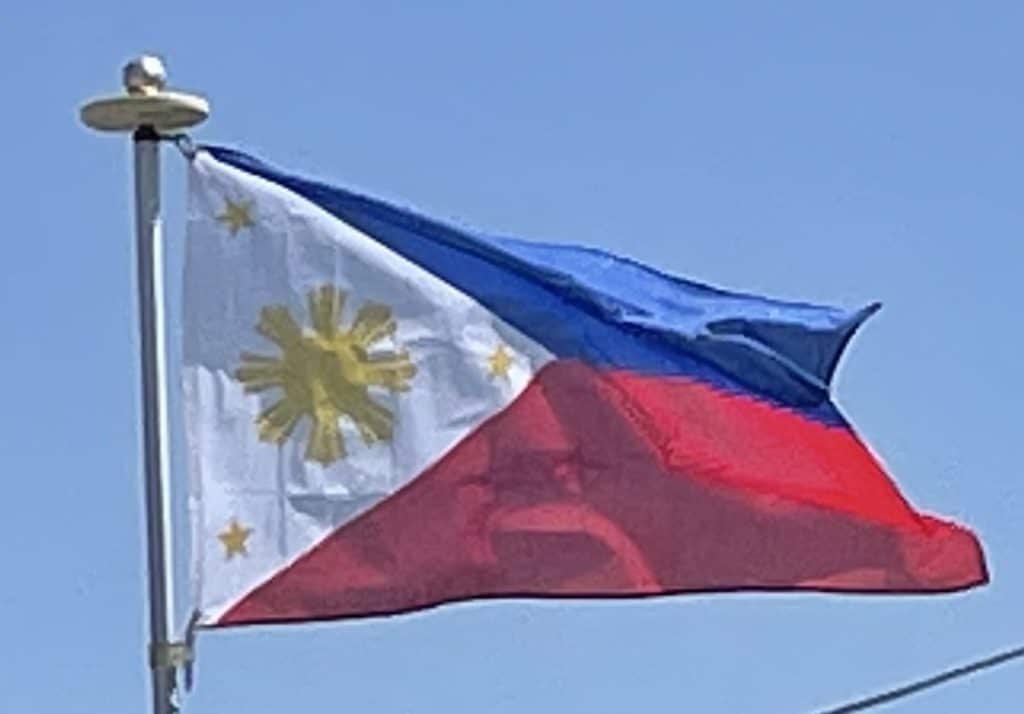Introduction:
The Philippines, officially the Republic of the Philippines, is an archipelagic country in Southeast Asia. It is situated in the western Pacific Ocean, and consists of about 7,640 islands, that are broadly categorized under three main geographical divisions from north to south: Luzon, Visayas, and Mindanao. The Philippines is bounded by the South China Sea to the west, the Philippine Sea to the east, and the Celebes Sea to the southwest, and shares maritime borders with Taiwan to the north, Japan to the northeast, Palau to the east and southeast, Indonesia to the south, Malaysia and Brunei to the southwest, Vietnam to the west, and China to the northwest. Manila is the nation’s capital, while the largest city is Quezon City, both lying within the urban area of Metro Manila.

The Philippines’ position as an island country on the Pacific Ring of Fire and close to the equator makes the country prone to earthquakes and typhoons. The country has a variety of natural resources and a globally significant level of biodiversity. This low-lying island geography makes the country vulnerable to climate change, increasing risk from typhoons and sea level rise. The Philippines covers an area of 300,000 km2 (120,000 sq mi), with a population of around 109 million people, making it the world’s twelfth-most populous country.
Negritos, some of the archipelago’s earliest inhabitants, were followed by successive waves of Austronesian peoples. The arrival of Ferdinand Magellan, a Portuguese explorer leading a fleet for Spain, marked the beginning of Spanish colonization. In 1543, Spanish explorer Ruy López de Villalobos named the archipelago Las Islas Filipinas in honor of Philip II of Spain. Spanish settlement, beginning in 1565, led to the Philippines becoming part of the Spanish Empire for more than 300 years. During this time, Catholicism became the dominant religion, and Manila became the western hub of trans-Pacific trade. In 1896, the Philippine Revolution began, which then became entwined with the 1898 Spanish–American War. Spain ceded the territory to the United States, while Filipino rebels declared the First Philippine Republic. The ensuing Philippine–American War ended with the United States establishing control over the territory, which they maintained until the Japanese invasion of the islands during World War II. Following liberation, the Philippines became independent in 1946. Since then, the unitary sovereign state has often had a tumultuous experience with democracy, which included the overthrow of a dictatorship by the People Power Revolution.

The Philippines is a multinational state, with diverse ethnicities and cultures throughout its islands. It is considered to be an emerging market and a newly industrialized country, which has an economy transitioning from being based on agriculture to being based more on services and manufacturing. The Philippines is a founding member of the United Nations, World Trade Organization, Association of Southeast Asian Nations, the Asia-Pacific Economic Cooperation forum, and the East Asia Summit.
History:
Prehistory (pre–900):
There is evidence of early hominins living in what is now the Philippines as early as 709,000 years ago. A small number of bones from Callao Cave potentially represent an otherwise unknown species, Homo luzonensis, that lived around 50,000 to 67,000 years ago. The oldest modern human remains found on the islands are from the Tabon Caves of Palawan, U/Th-dated to 47,000 ± 11–10,000 years ago. The Tabon Man is presumably a Negrito, who were among the archipelago’s earliest inhabitants.
